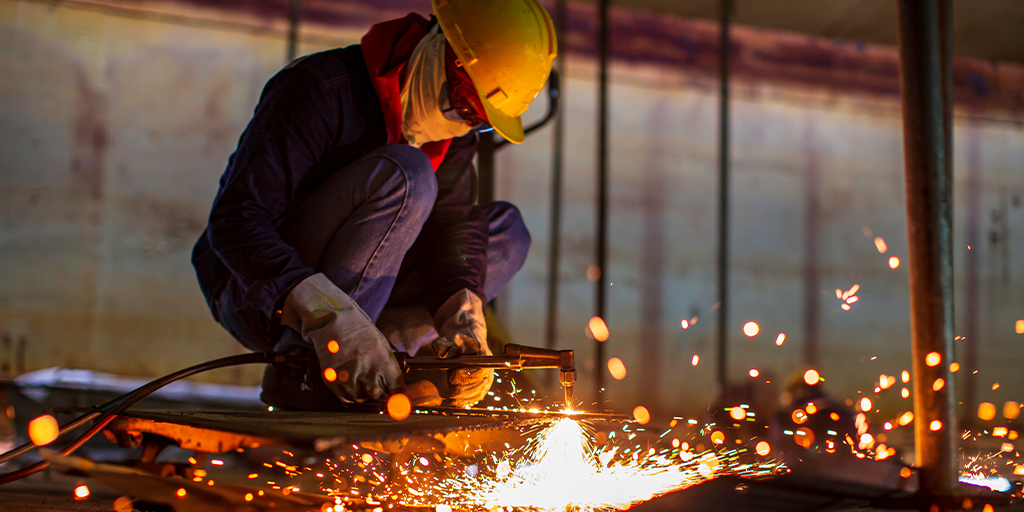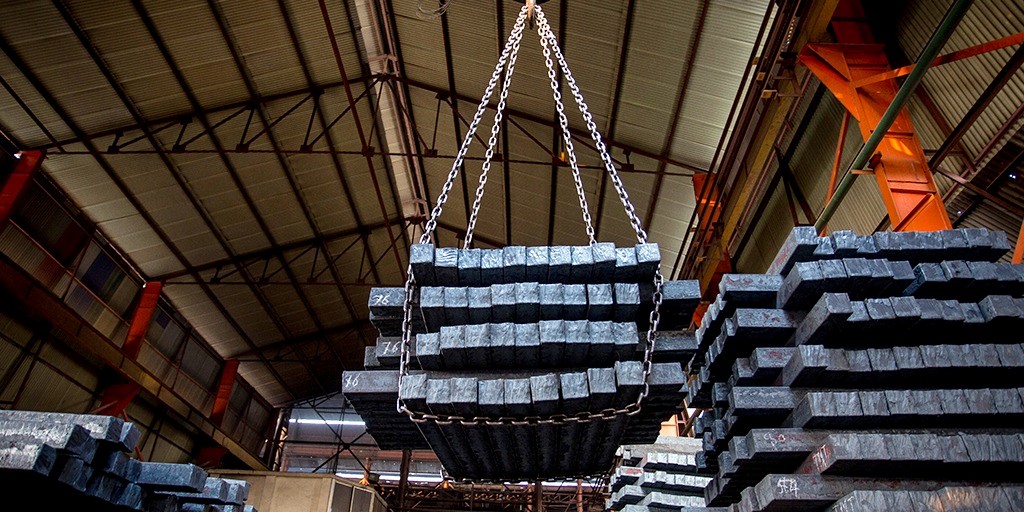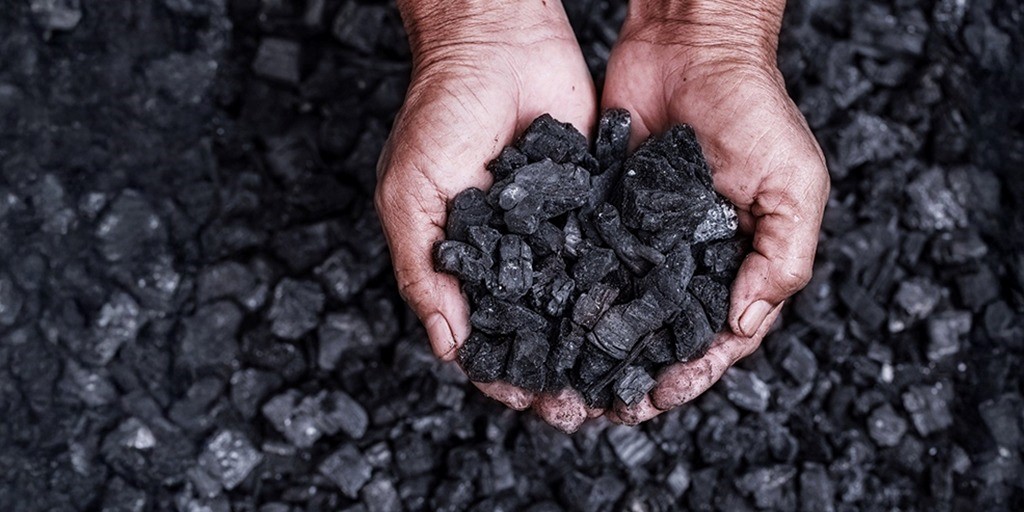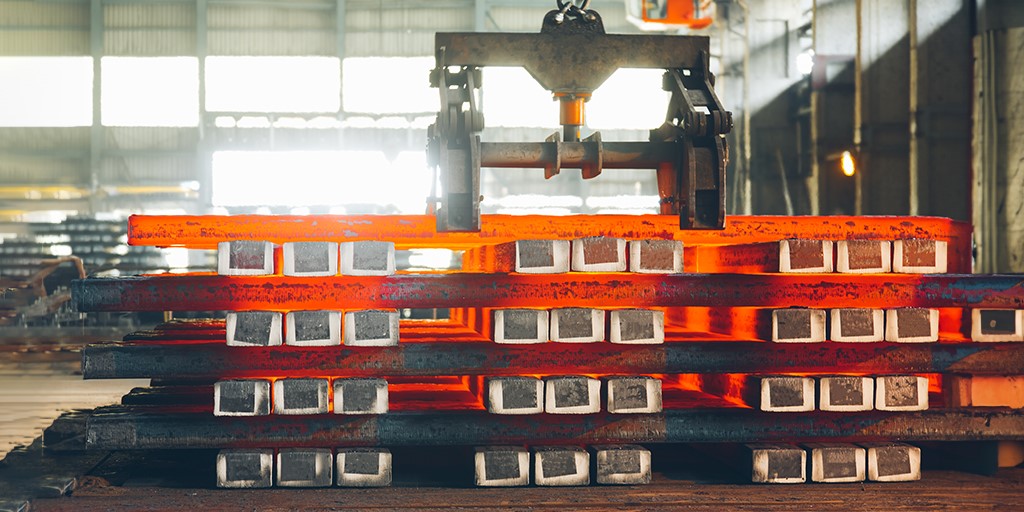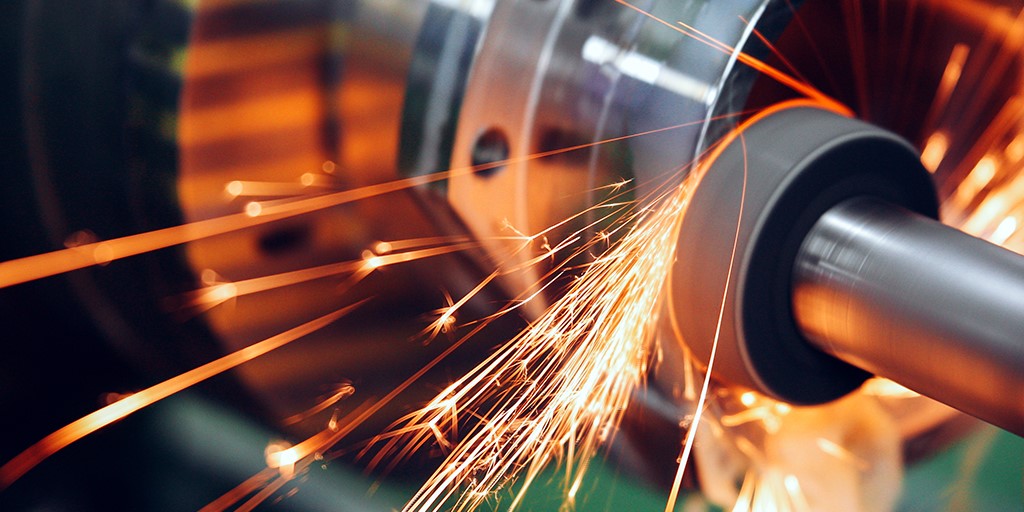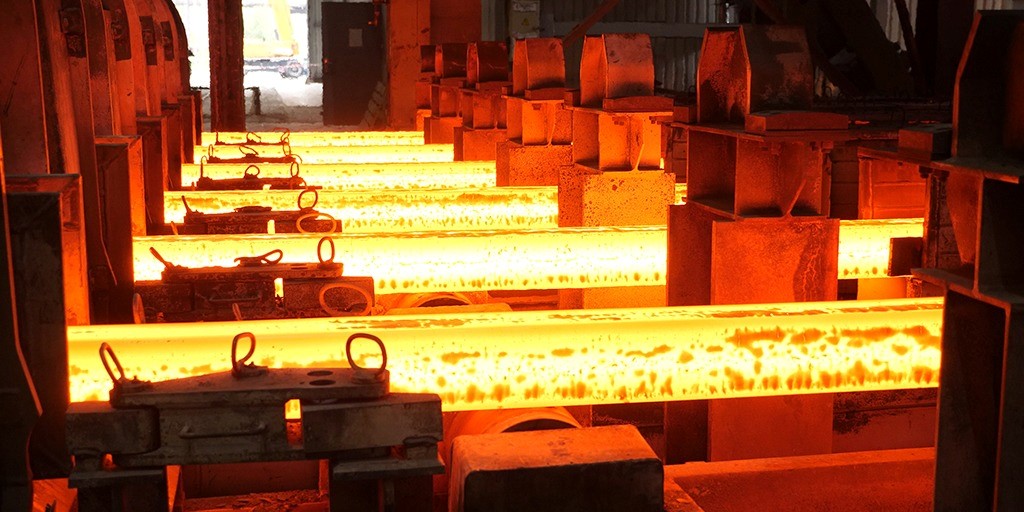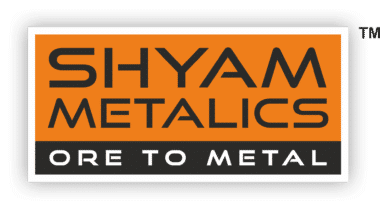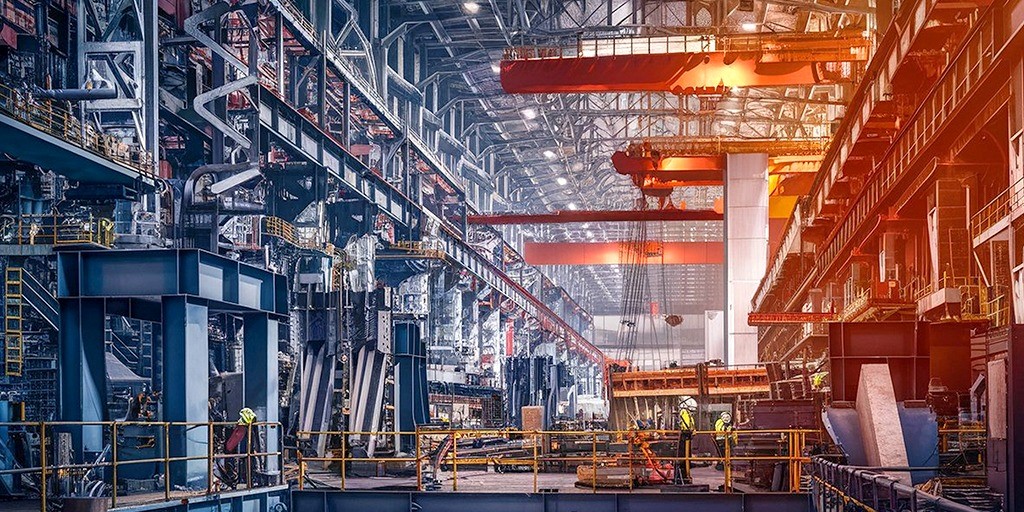
The difference between an Integrated steel plant and a Mini steel plant
In this blog we will talk about the difference between integrated steel plant and mini steel plant. Steel has long been hailed as the pillar of civilisation, driving industrial, commercial, and residential growth. Steel is essential, from towering skyscrapers to the minutest components in everyday machines. As a material, it has significantly contributed to human advancement for centuries and acts as a crucial indicator of a nation’s economic development and success.
Integrated steel plants and mini steel plants are the two most common types of manufacturing systems used in this important business. As we explore the key differences between these two steel production methods, we will analyse how they contribute to shaping steel’s future.
What is an Integrated Steel Plant?
Integrated steel plants, also known as integrated mills, carry out the entire process of making steel, from the raw materials to the final product. Typically, these factories produce a wide range of steel products, including steel plates, coils, channels, and reinforcement bars. To make thermo mechanically treated (TMT) bars, which are an important building resource today, raw materials like iron ore, limestone, coal, and coke are used.
What are Mini Steel Plants?
Mini-steel plants are an alternative to larger integrated steel factories; they produce secondary steel on a smaller scale. Scrap metal, pig iron, and sponge iron are the main raw materials used by micro steel plants to make steel, rather than iron ore. Niche markets and small businesses are the primary customers for the speciality products made by these smaller plants, which include stainless steel and alloy steel.
Key Differences Between Integrated and Mini Steel Plants
- Quality of Raw Materials
Integrated steel plants use high-quality raw materials such as iron ore, coal, limestone, and coke. The ability to precisely blend and process these materials ensures the production of steel with superior chemical and mechanical properties.
- Production Process
Integrated steel plants boast a continuous production process, from raw material processing to the final product. This process involves large-scale equipment like blast furnaces and cooling systems. Mini steel plants, on the other hand, focus on refining scrap metal, which limits their ability to match the efficiency and scale of integrated plants.
- Cost
Mini steel plants require significantly lower capital investment compared to integrated steel plants. However, this cost advantage comes at the expense of product quality. Integrated plants produce steel of higher durability, strength, and resistance, which is essential for large-scale construction projects.
- Scale of Operations
Integrated steel plants operate on a much larger scale, capable of producing steel in bulk while maintaining high standards of quality. Mini steel plants are more specialised and limited in terms of their production capacity, often catering to smaller, more specific needs.
- Environmental Impact
While mini steel plants generally produce fewer environmental pollutants due to their smaller size, integrated steel plants are increasingly adopting sustainable production methods. By incorporating eco-friendly raw materials and energy-efficient techniques, integrated plants are making strides in reducing their carbon footprint.
Despite their differences in size and scope of operation, both integrated and small steel plants are essential to the iron and steel sector. Mini steel plants cater to certain markets with reduced capital needs and specialist production, while integrated steel plants rule the industry with their massive operations and high-quality products. The unique capabilities of each plant type contribute to their collective strength, which in turn supports the global steel industry and propels development and advancement in a wide range of industries.




